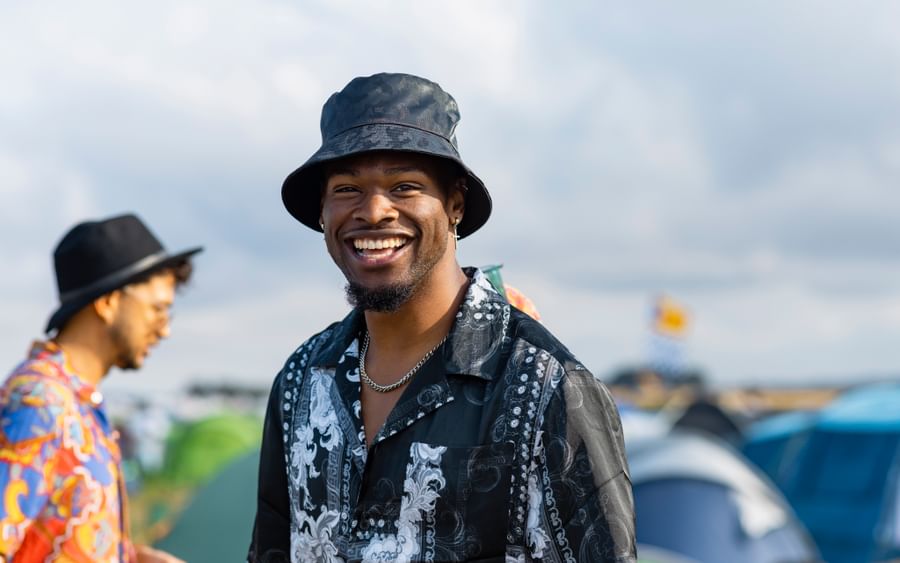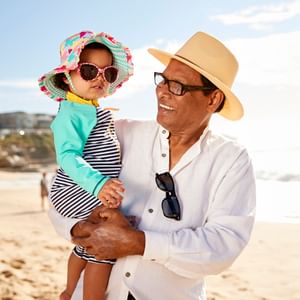Events and festivals are a great opportunity to get together with friends and family outside, however, the long periods of time spent outdoors, often during peak UV times, can mean those attending are at risk of skin damage. That’s why, it’s so important to consider sun protection as part of the event planning process.
To help keep our events safe, we’ve created simple strategies to help ensure your outdoor event is SunSmart. This guide is designed to support event organisers in protecting their attendees, staff and volunteers through thoughtful planning.
Why plan a SunSmart event?
Australia has one of the highest rates of skin cancer in the world. Despite being one of the most preventable cancers, two in three Australians will be diagnosed with some form of skin cancer in their lifetime. It’s our responsibility to manage the risks and protect one another.
Overexposure to ultraviolet (UV) radiation from the sun can cause sunburn, skin damage, eye damage and increase the risk of skin cancer. Outdoor events are common places for people to experience skin damage and sunburn.
Organisers have a duty of care to protect attendees, as well as staff and volunteers from harmful UV exposure before, during and after the event.
Do I need sun protection at my event?
Sun protection is important for all outdoor events, particularly if your event is being held when the UV is expected to reach 3 and above, and where participants are likely to be outdoors for long periods of time.
In South Australia, the UV reaches 3 and above almost every day from August through to April and peaks in the middle of the day. Consider both the time of year and time of day when planning your event.
Always check the daily UV level and recommended sun protection times with the SunSmart Global UV app, or visit the Bureau of Meteorology.
Use this checklist to make sure your event is SunSmart
Before your event
- Aim to schedule your event for early morning or late afternoon/evening to avoid peak UV times, if possible.
- If your event falls during peak UV times, consider additional sun protection measures for attendees, staff and volunteers.
- Check the location to determine what shade will be available, and where more may be needed. Use Shade Comparison Check to assess the quality of shade at your event location.
- Consider the path of the sun when positioning stages, tents, etc. to maximise the additional shade.
- Make shade available in spaces where people will spend lengthy periods.
- Share SunSmart messages beforehand, reminding people to bring hats, sunglasses, sunscreen and long-sleeved shirts.
- Consider encouraging attendees to bring their own shade.
- Add the SunSmart widget to the event organiser’s website.
- Provide sun protection information in staff and volunteer training.
During the event
- Show daily sun protection times on signage, on the event website or social media pages.
- Make announcements to remind attendees to use sun protection and reapply sunscreen regularly.
- Share SunSmart resources including brochures, posters and wallet cards where appropriate.
- Provide SPF 50 or 50+ broad-spectrum, water-resistant sunscreen at convenient locations. Sunscreen can be purchased from the Cancer Council Shop in Regent Arcade or online at cancercouncilshop.org.au.
Sun protection for staff and volunteers
As event organisers, there’s a few things you and your team can do to keep everyone safe.
- Cover up: Make sure the uniform or dress code includes protective clothing that covers as much skin as possible.
- Hats: Encourage staff and volunteers to wear sun protective hats that shade the face, neck and ears.
- Sunscreen: Make sure SPF 50 or 50+ broad-spectrum, water-resistant sunscreen is available for staff and volunteers.
- Sunglasses: Encourage staff and volunteers to wear close-fitting, wrap-around sunglasses (where practical).
- Shade: Ensure staff and volunteers have access to shade, where possible.
- Minimise time in the sun: A rotating roster can help reduce the time each individual spends out in the sun.
Remember, even low UV can be risky.
When your team is spending a lot of time outdoors, make sure they are well-protected – especially during set up and pack-down. UV damage is cumulative, so even if the UV is below 3, long periods of time spent in the sun can increase skin cancer risk.


